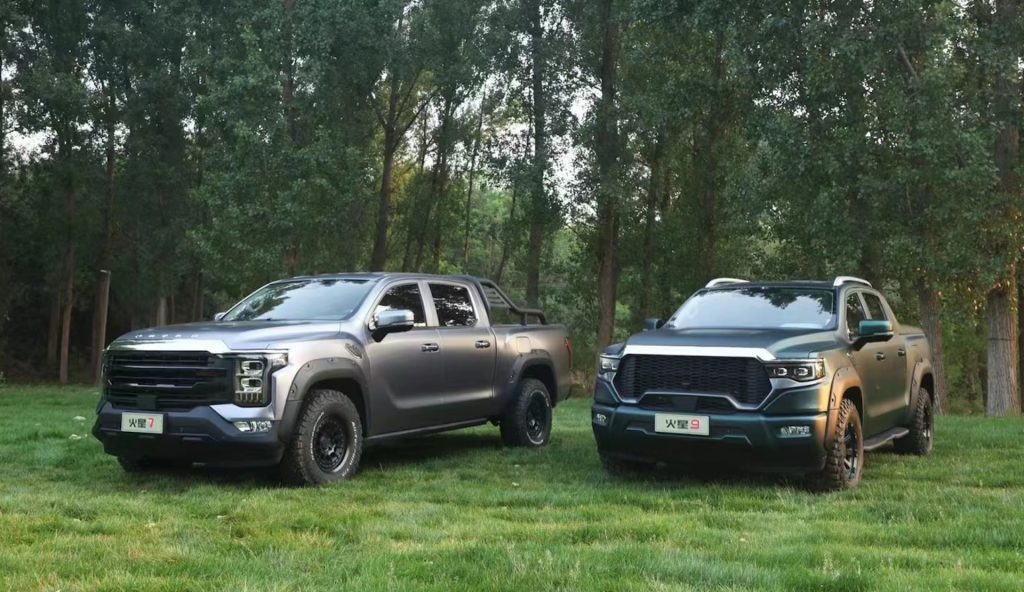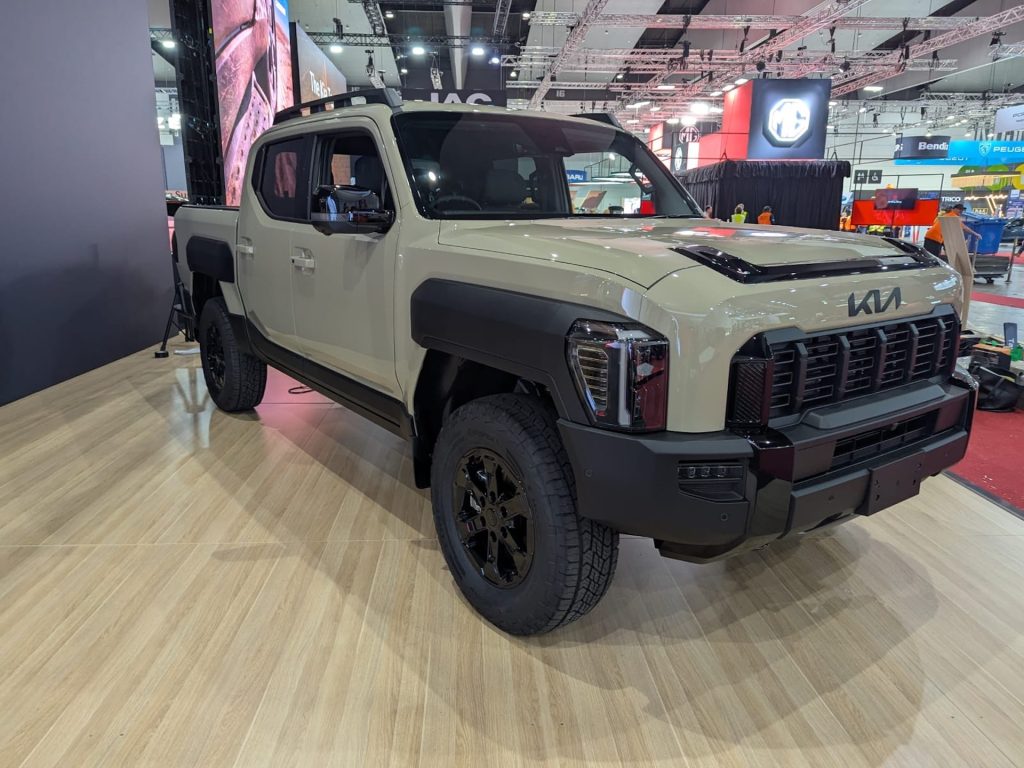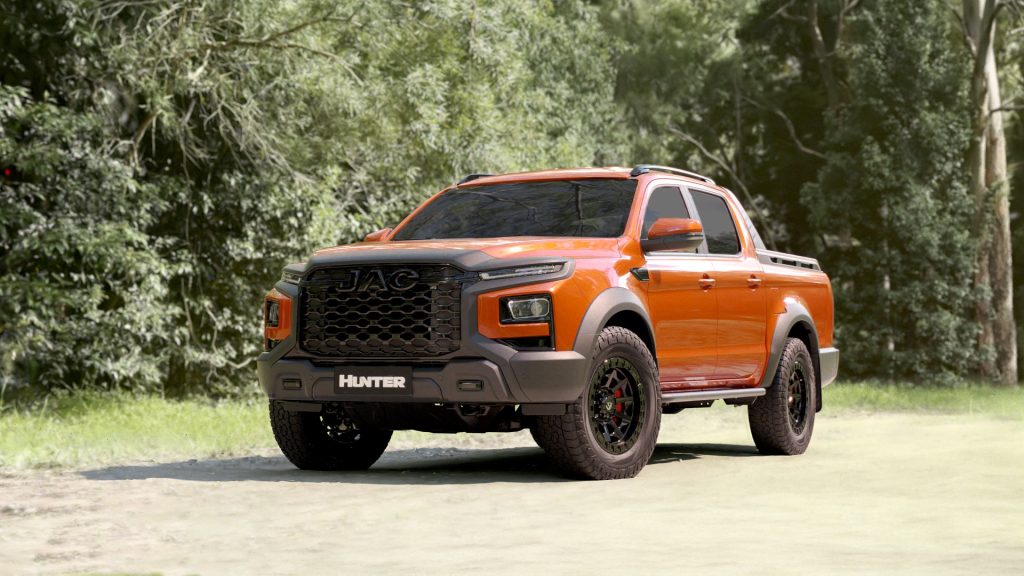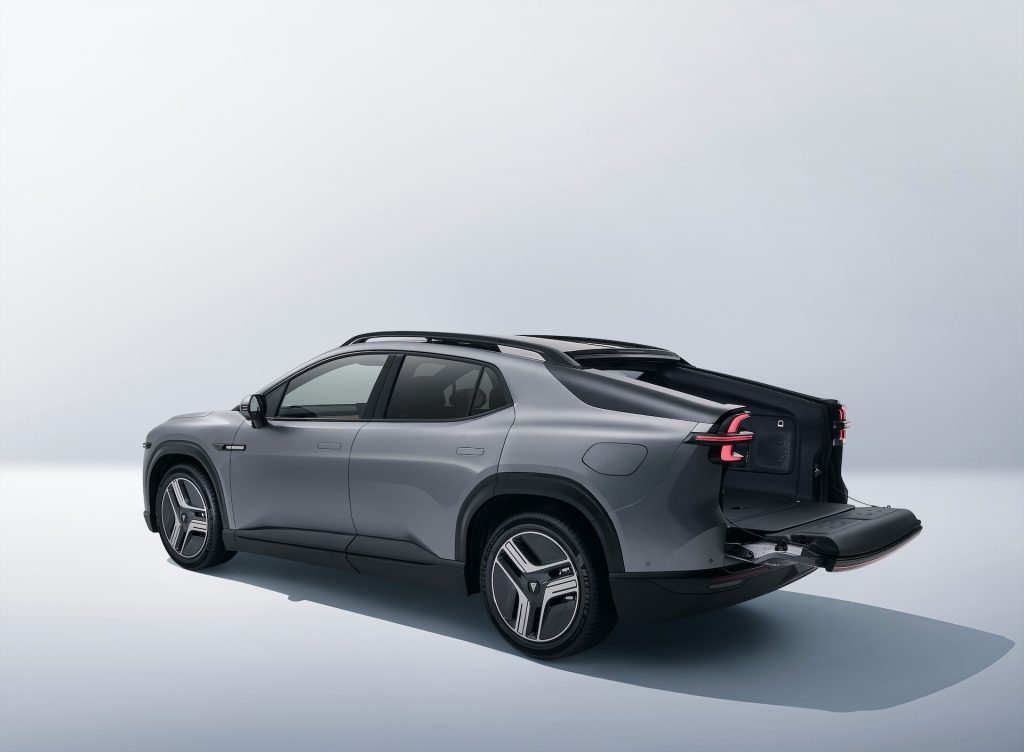MG leads new ute wave at Melbourne show
They’re calling it the biggest wave of light commercials to roll onto Australian shores in years, and the revitalised Melbourne Motor Show (2025 edition) is ground zero for a raft of new utes.
These unveilings come hot on the heels of Ford’s separate reveal of its supersized ‘Super Duty’ Ranger – and the competition clearly wants in on the action.
From diesel haulers to plug-in hybrids and even modular EV “multitrucks,” here’s how the next generation of work-and-play machines is shaping up.
MG U9
MG declined to bring the brand’s first ute – a version of the LDV T60 sold in Thailand – to this end of the world, but its second ute, the U9, is likely to debut here.
The new U9 stands out for both its scale and its promise of luxury. Tipping the tape at roughly 5.5 metres from nose to tail, nearly two metres wide, and close to 1.86 metres tall on a 3300mm wheelbase, the U9 is bigger in most directions than a Ford Ranger or Toyota HiLux. This translates into a more spacious cabin and a larger tray for weekend projects or the inevitable load of DIY supplies.
Under its substantial bonnet is a 2.5-litre turbo-diesel engine rated at 164kW, backed by a whopping 520Nm of torque. MG claims it can match class-leaders with a 3500kg braked towing capacity.
Expect upmarket touches in the cabin, such as a massaging driver’s seat, flexible seating that can fold or slide to suit multiple cargo/passenger combinations, and – in some trims – a premium JBL sound system.
And yes, this ute is again shared with LDV. Their version is called the Terron, which will come with the same diesel engine or as an electric vehicle (EV). Reports indicate MG will skip the EV version and lean more towards a hybrid option.
Foton Tunland

Back in the Aussie (and soon Kiwi) market under a familiar name, Foton has unveiled two new utes: the more traditional work-friendly Tunland V7 and the comfort-oriented Tunland V9.
Powered by a 2.0-litre turbo-diesel engine coupled with a 48V hybrid system, both promise a braked towing capacity of 3500kg – aimed squarely at anyone hauling big loads on- or off-road.
The rear-end differs between the models; the V7 uses a traditional leaf-spring set-up and comes in either 2WD or 4WD, while the V9 opts for coil-spring rear suspension to provide a more SUV-like ride.
Kia Tasman

Kia’s first foray into the ute scene may be big news on its own, but all eyes at the Melbourne Motor Show were fixed on the Tasman X-Pro – a special, off-road-oriented double-cab variant. Bolstered suspension and reinforced chassis components underscore its serious intentions away from the tarmac.
Even so, the Tasman X-Pro is said to retain Kia’s focus on passenger comfort. Upper trims introduce an innovative folding console table that pivots from the centre armrest, effectively transforming the cabin into a mobile workstation or an on-the-road café.
Meanwhile, a clever slide-and-recline rear seat system offers a level of second-row comfort rarely seen in this segment. Slide the base forward, angle the seatback back, and suddenly the normally cramped back seat is a surprisingly civilised spot for adults – all while still allowing 45 litres of hidden under-seat storage.
With a launch slated for July in Australia (and Kiwi arrivals soon after), the X-Pro is designed to hit a sweet spot: unapologetically tough on a trail, yet refined enough for the daily commute.
JAC Hunter PHEV

Demonstrating how quickly electrification is hitting the ute world, JAC unveiled its Hunter plug-in hybrid, combining a new 2.0-litre turbocharged petrol engine with dual electric motors – one at each axle – for a thunderous total of 385kW and 1000Nm. That’s enough torque to put many performance cars to shame, let alone commercial pickups.
Beyond its muscle, the Hunter promises to deliver a real-world electric-only driving range of around 100km. According to JAC, that’s plenty for many commuters’ daily errands without needing a drop of petrol – a compelling proposition for those hoping to shrink their fuel bills (and their carbon footprints) without sacrificing the versatility of a dual-cab.
The platform itself is adapted from the T9 diesel ute. Buyers can expect a thoroughly modern safety suite, including adaptive cruise control and 360º cameras. Australia is getting it in 2026, but there’s no word yet on when it will reach New Zealand.
Deepal E07

Still not convinced utes can be radical? Meet the fully electric Deepal E07, a futuristic vehicle that morphs between SUV and ute at the press of a button. Its transformable rear design, including a fold-flat tailgate and retractable glass dome roof, is meant to create endless possibilities: from hauling surfboards to stargazing on an overnight camp.
Performance is equally forward-looking. Deepal offers the E07 in Rear-Wheel Drive (RWD) from A$64,900 (around NZ$70k) and All-Wheel Drive (AWD) from A$73,900 (around NZ$80k). The single-motor RWD variant (252kW, 365Nm) should hustle to 100km/h in under seven seconds, while the dual-motor AWD version (440kW, 645Nm) does it in a blistering 3.9 seconds – outrageous for a vehicle that can also lug a 300kg payload out back. With an 800V battery architecture and an 89.98kWh pack, the E07 is said to charge up to 350km of range in about 15 minutes, and travel as far as 642km on the (admittedly optimistic) NEDC cycle when fully charged.
Inside, it’s all plush surfaces, “zero-gravity” massage seats, and a rotating 15.4-inch infotainment screen. So, while it may not be the go-to for hardcore tradies, the E07 aims to dazzle a niche of EV enthusiasts who want something practical, luxurious – and undeniably different.
We’ve seen this model as a prototype at the Everything Electric show in Sydney, but Deepal has now confirmed it will be sold in Australia and has opened pre-orders. Distributed locally by Inchcape (the company behind Subaru, LDV, and KGM in NZ), Deepal is expected to make its way here when the EV market picks up pace.
Thanks to Riz at www.carloop.com.au for additional images





